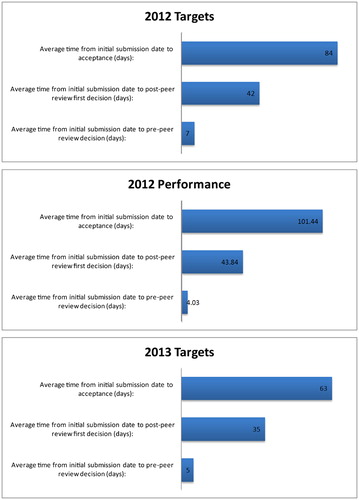The need to secure sufficient amounts of food has shaped human history and stimulated a continuous flow of technological and scientific innovation aimed to boost crop yields, improve their nutritional value and to develop effective solutions for its storage and distribution. This effort culminated with the advent of the Green Revolution. In less than four decades the world cereal production quadrupled reaching more than 2·5 billion tonnes in 2010. Estimates of the Food and Agriculture Organization of the United Nations (FAO) indicate that more than enough quantities of food have been produced during recent years to match the need of the concomitant world population growth. It is therefore a matter of great concern that a large fraction of the population worldwide still struggles to secure their daily minimum food energy requirements.
In the developing world alone more than one billion individuals, including a large percentage of children, are undernourished i.e. they are chronically underweight and/or suffer from micronutrient deficiencies. This has dramatic consequences for human health; inadequate dietary intake may lead to mental retardation and affects profoundly the function of the immune system. Accordingly, undernourishment is an important risk factor for developing tuberculosis, and a leading cause of morbidity and mortality in the developing world. Hungry individuals are also much more prone to ingest contaminated and rotten food, and as a consequence are more likely to develop diarrhoeal diseases that in turn further aggravate their need for nutrients. Clearly, undernourishment and disease generate a downward spiral that leads to poverty and suffering.
Providing adequate food and better health for a billion undernourished individuals is a global challenge that requires local solutions. A further increase in food production by developed countries is unlikely to have a short-term impact in reducing undernourishment in the developing world. Though the transfer of excess food in the form of aid is invaluable in addressing critical situations such as those caused by draught, wars, political instability and famine, this is not the solution for the hungry and vulnerable people of the developing world. In the long-term, food aid can induce profound changes in diet habits, from legumes, and fruits and vegetables to wheat and corn, and at the same time impair the development of local farming.
The causes of undernourishment involve a number of economic and social factors. Political authorities of developing countries must make efforts to recognise and quantify the problem, and implement solutions that alongside contingency measures aim at providing communities and households with improved nutrients such as ‘fortified foods’, the promotion of economic growth, sustainable local food, and fair prices.
In this issue we interview Brian Thompson, Senior Nutrition Officer of FAO to better understand the causes of malnutrition worldwide and examine possible solutions. We also feature two invited articles on the topic, one that considers new safe and efficient therapeutic interventions to cure iron deficiency (ID) and ID anaemia (IDA), which affects over 30% of the world’s population. And a second article that identifies the research gap that stymies the management and treatment of severe and complicated malnutrition.
